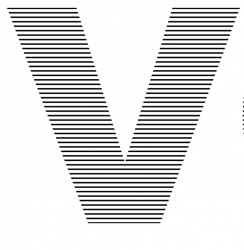I have a client who wants some gift certificates designed and wants there logo and/or the words VOID to be very faint but show up when copied like if you try to copy a check.
Is there some type of science to this?
My thinking and how I have it right now is the background is an 8% screen of PMS 300, the logo thing is over that at 12%. You can faintly make out the visual difference on a hard copy proof, and when I copy it, you do see these things popping out which is what they want, but not as drastic as I was hoping for like when you copy a check.
So is it something to do with the physical dot pattern itself? And if so how should I best design something like this?
I'm just using Indesign, does Photoshop need to be used as well to do something to this logo/Void part?
If anyone has ever had to design something similar, please share any info you might have that would help. Thanks
Is there some type of science to this?
My thinking and how I have it right now is the background is an 8% screen of PMS 300, the logo thing is over that at 12%. You can faintly make out the visual difference on a hard copy proof, and when I copy it, you do see these things popping out which is what they want, but not as drastic as I was hoping for like when you copy a check.
So is it something to do with the physical dot pattern itself? And if so how should I best design something like this?
I'm just using Indesign, does Photoshop need to be used as well to do something to this logo/Void part?
If anyone has ever had to design something similar, please share any info you might have that would help. Thanks
Last edited:


